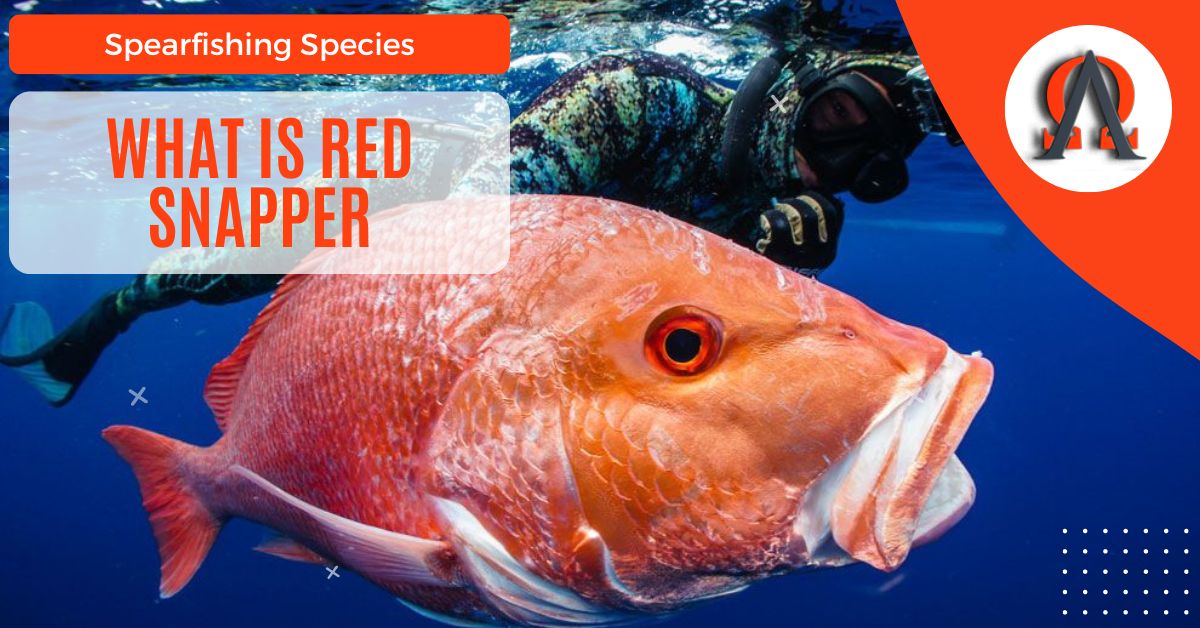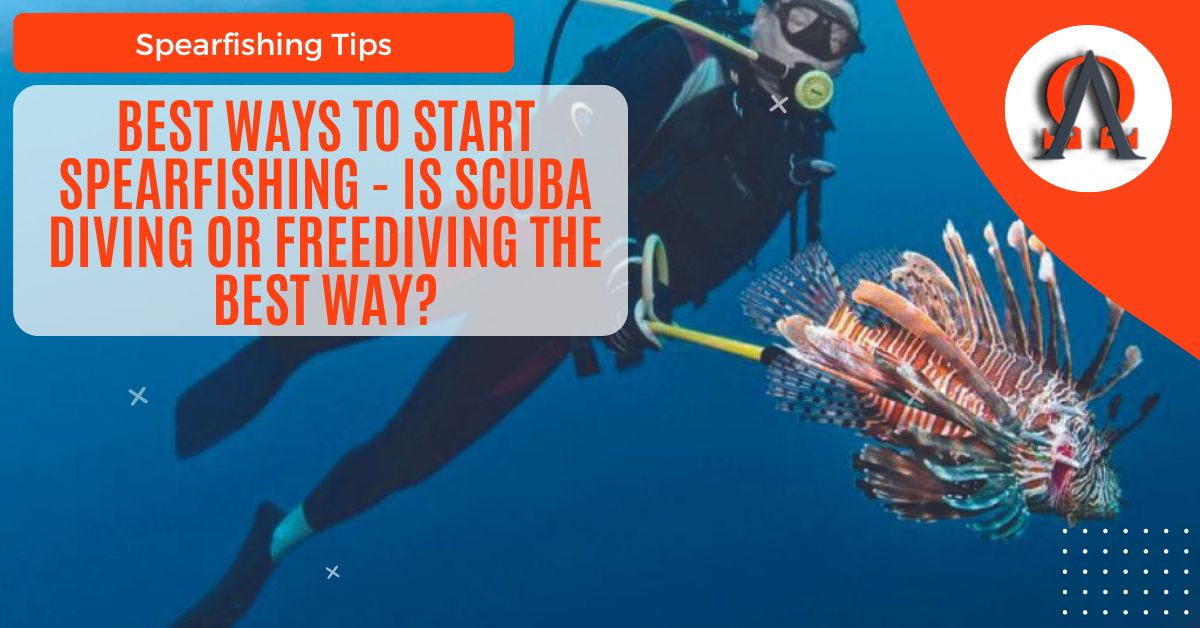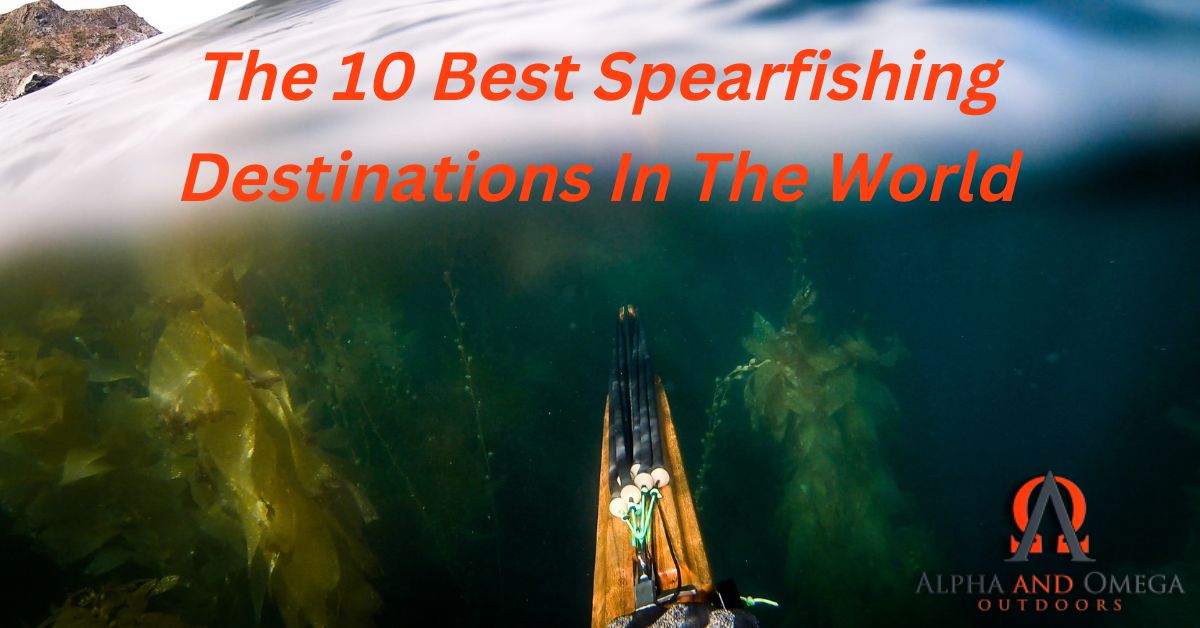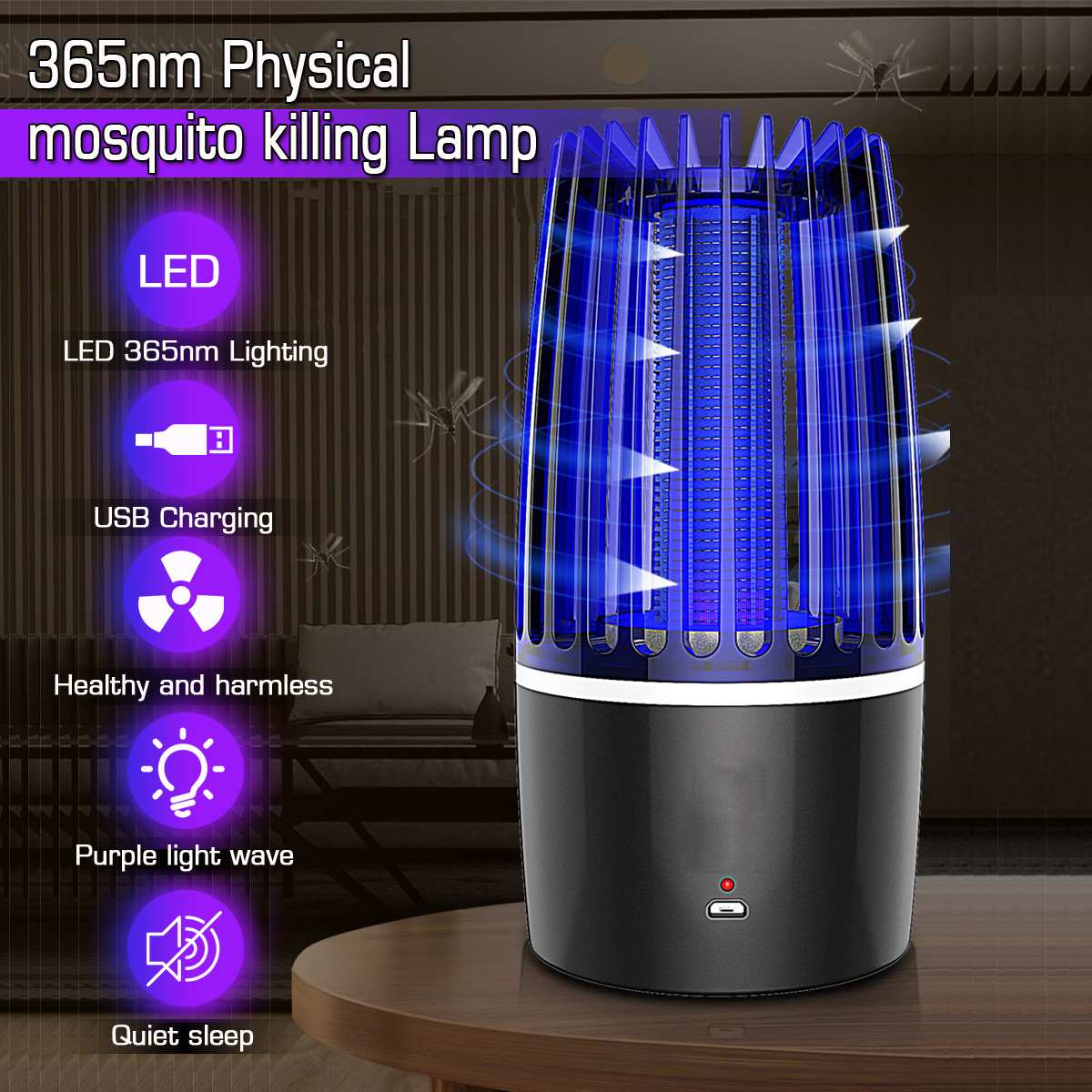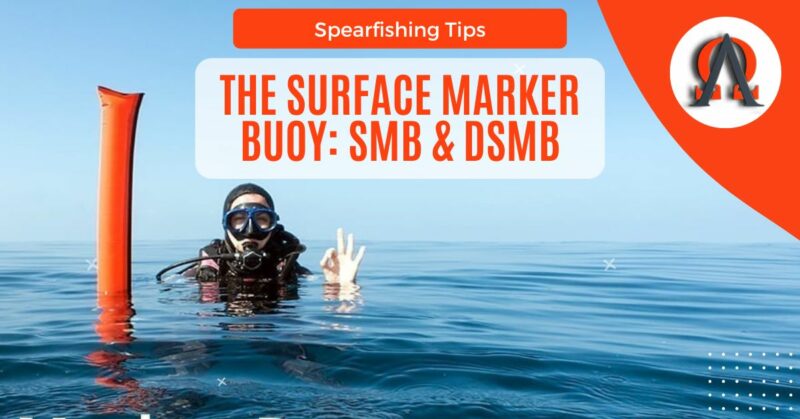
When you’re beneath the waves, immersed in that wonderful underwater world as you enjoy your dive, it’s good to know that you are as safe as you can possibly be. Although there is always an element of risk, it is possible to reduce this by taking sensible precautions. Most responsible divers will stick to the rules, taking their safety seriously. Equipment will have been checked and double-checked. Schedules and plans will have been discussed and shared with the appropriate people. Divers who value their safety will usually go in pairs or groups. Many will use extra equipment, such as dive knives, in case of entanglement in seaweed or discarded fishing line. One essential piece of equipment that will go a long way to keeping you safe is the surface marker buoy (SMB) or the delayed surface marker buoy (DSMB). So what are they and how do they work?
Table of Contents
- What Is A Surace Marker Buoy (SMB)?
- What Is A Delayed Surface Marker Buoy (DSMB)?
- Safety Sausage
- How big are they?
- Final thoughts
- Latest Posts
What Is A Surace Marker Buoy (SMB)?
Basically, it’s a brightly-colored marker (usually red, yellow or orange) that floats on the surface of the water. They appear in a variety of forms, either being inflatable or constructed from buoyant material. Some are rounded in shape, resembling the typical ‘buoy’ shape, often with a flag on top. Others are an elongated ‘torpedo’ shape. They are known by other names, including diving marker buoys, dive floats, and blobs. Essentially, they are used to let others know that there are divers beneath the water, but they do have other uses:
- A warning to other boats – the danger of being struck by a passing boat is real, and potentially fatal. A marker buoy will tell other boat users to avoid the area. It is advisable to use a marker buoy if you are diving in ‘high traffic’ areas closer to the coast, where there may be swimmers, sail-boarders, and so on.
- Marking your position – the buoy is connected to the diver by a line so that the crew in the dive boat can keep track of their position throughout the dive (especially in ‘drift dives’ where the diver allows themselves to be transported by the current). Some dive boats try to follow the stream of air bubbles coming to the surface, but this is rarely practical.
- Showing your location – in the event of dangerous conditions, such as a sudden storm, where contact is lost with your boat, a surface marker buoy can be used to help rescue services to locate you easily.
- GPS – as well as being handy for those situations as described above, SMBs with GPS fitted can allow a dive to be tracked and plotted on a map. This is ideal for marking the location of an interesting underwater feature, such as a wreck.
- Handy for spearfishing – there are occasions when you need to let go of the speargun, but where do you put it? One of the best ways to keep it safely in view is to attach it to a line that is secured to a marker buoy. They can also be used to hold your catch, as you really don’t want to be dragging it around as you continue your dive. These can be anchored to the seabed for convenience.
- An aid to controlled ascent – an SMB can be a great help when you are on a deep dive and you need to be careful how rapidly you rise. Decompression Sickness, known as ‘the bends’, is something you’ll want to avoid at all costs. Divers use the buoy as a reference spot, holding onto the line as they make safety stops on the way to the surface.
What Is A Delayed Surface Marker Buoy (DSMB)?
Also sometimes known as the ‘safety sausage’, this buoy is taken down with the diver in flattened form and stored in a pocket until it is needed. At some stage during the dive, usually just prior to ascent or in the case of emergency, this device can be easily inflated and released.
The main difference between this and the SMB (other than being inflated only when required) is that it generally comes as a ‘sausage’ shape of material – hence the nickname. There are a few different types, though, so it helps to know what to expect when looking to buy. These mostly fall into two categories; open-ended and closed.
- Open-ended – as the name implies, these are a simple tube with an open end, allowing them to be filled with air quickly. Ideally, these should be weighted at the open end to stop the air from escaping once the buoy reaches the surface and lies horizontally on the water. Some models are fitted with a flap-valve that effectively traps the air as the buoy rises. The open-ended marker buoy is the easiest to fill, as you can use your exhalations to do this by holding it over the ‘exhaust’ valve by your regulator.
- Closed – these usually have a one-way air intake valve that you need to blow into (it will require two or three breaths), though some will let you use the Low-Pressure Inflator which is handy for filling it quickly should time be of the essence in dangerous or life-threatening situations. Some veteran divers and diving instructors tend to advise against models that need inflating by mouth, simply because of the risk involved in removing the regulator from your mouth.
Safety Sausage
There is no uniform method or code when it comes to using DSMBs to signal your crew. This is something that it is wise to discuss with everyone in the party before diving. It’s a good idea to keep a couple of different colors, each relating to a specific situation. Of course, most divers will simply use the buoy to let the dive boat know that they’re on their way to the surface at the end of their diving session. But there may be occasions when you need to alert someone to potential danger. And that’s when the safety sausage is handy as it can be inflated quickly, rising swiftly to the surface. Some divers – especially those connected with specific industries that require diving on a professional level – reserve the name ‘safety sausage’ purely for the floats used in emergency situations where the diver is lost. To them, the DSMB is a tool for communicating with the boat crew or for transferring materials to the surface. Either way, they are useful bits of kit that can be used to keep you safe in a range of circumstances.
How big are they?
They range in size from less than one meter to over two and a half meters! The size you require will depend on where you are diving, how deep, and what you intend to use it for. Keep in mind that a DSMB will need to be rolled up to take with you on your dive, but will also need to be big enough to be spotted when released. And many divers carry two or three, especially in very open waters. When it comes to SMBs, the choice is perhaps easier – just make sure you have one with low-drag as you don’t want it continually pulling against you during your dive if you are connected to it by a line. Generally speaking, an SMB or DSMB should be just over a meter long. This makes it easy to see on the surface without being too cumbersome, as well as allowing it to be waved about more easily in the event that you’ve drifted away from the boat.
Final thoughts
Marker buoys are compulsory in some resorts and diving locations. They are considered essential by some divers – but not all. There are those who regard them as being a nuisance or even a hazard in themselves, and here they have a valid point.
That is why it is vital that they are used properly. Without proper training and guidance, these devices can pose a serious risk. So here are a few tips to guide you.
- Never buy a cheap model – and by ‘cheap’ this includes those that look and feel cheap, rather than just being low in price. Some examples look like plastic bags. They will most likely split when used. Compare models, ask veteran divers and instructors for advice.
- Try not to overinflate it – remember, the deeper you are the more the device will inflate as it rises. You only need to fill it halfway for it to be fully inflated by the time it reaches the surface. Some models will have an ‘overfill’ valve, which is helpful.
- Ensure you have negative buoyancy before inflating – this will stop you from rising with the device as it is being filled.
- Use a reel or spool, held away from you, and not clipped to the device! – rapid, uncontrolled ascent is a real possibility and could result in a spell in the hyperbaric chamber.
As always, it comes down to common sense. Surface Marker Buoys are there for your safety. And when used properly they do a great job of saving lives. If you don’t use them yet, it might be worth giving it some careful consideration.
Latest Posts
- Hopping into Adventure: My Experience of Rabbit Hunting in Wyoming
- The Guide to Discovering Black Bears in Wyoming: Where to Search for These Mighty Creatures
- Best Ways to Start Spearfishing – Is Scuba Diving or Freediving the Best Way?
- Discovering the Art of Mule Deer Hunting: Tips and Tricks for Finding Your Next Trophy Buck
- Surviving the Wild: Mastering the Art of Building a Fire in the Mountains

